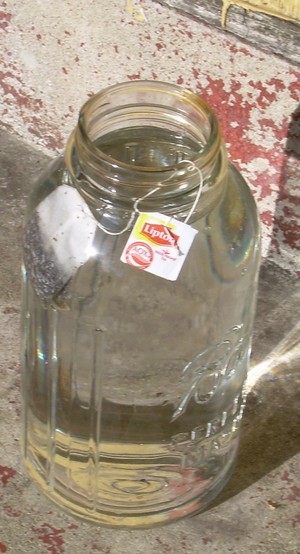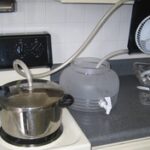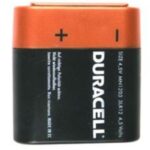Whenever the temperatures reach 90 degrees around here, I can count on my neighbors to haul out their sun tea jugs. Using the heat of the sun to make this popular beverage is a great past time no matter where people live. It’s easy and fun, and a rather nifty way of harnessing the sun’s energy.
However, there’s been some discussion that making sun tea is really not a healthy thing to do. Apparently, the warm 130 degree temperature of the water is the perfect medium for brewing a nice batch of bacteria, instead.
I grew up drinking sun tea by the gallon. Mom would set out her jars in the morning, and by sun down, we were sipping on it with our dinner. Mom did have some concerns, though. Being from Europe, she had been taught that people could get sick drinking tea that had not been made with boiling water, and allowed to steep for 5 minutes. None of us ever got sick however, and we eventually dismissed Mom’s fears as an “old wives tale.”
A breeding ground for bacteria
One afternoon, I had pulled a jug of sun tea out of my refrigerator and noticed some tendrils floating around. The tea had gotten cloudy, and there was some white stuff growing on the side of the jar. I thought it was only sediment, and poured myself a glass. It turned out to be some nasty tasting bacteria instead.
According the Center of Disease Control, brewing sun tea for long periods of time, actually encourages the growth of bacteria. Apparently there’s a type of ropey bacteria called Alcaligenes viscolactis which is commonly found in tap water. Since water must be heated to 195 degrees for 3-5 minutes to kill bacteria, the relatively low temperatures of sun tea just isn’t hot enough to kill anything, either in the water or the tea. Mom’s folk wisdom wasn’t that far off the mark after all.
Is there a safe way?
According to my local extension office, there are safer ways of making tea than letting it brew all day in the sun.
They suggested keeping the jug outside for only 3-4 hours and making no more than a family can drink in a day. The extension agent also recommended washing the jug between uses with hot soapy water, then rinsing with a weak bleach solution. For containers with a spigot, the spigot must be removed and cleaned as well.
They brought up another interesting point as well. Apparently the caffeine found in tea does prevent the growth of this bacteria for a couple of hours. Beyond that, the effects seem to diminish. Herbal teas however, contain no caffeine and shouldn’t ever be used for brewing sun tea.
I simply don’t bother making tea outdoors anymore, since one sip of ropey bacteria is all I’ll ever need in my lifetime. These days, I’m brewing this beverage the safe way, by adding a couple of tea bags to a quart of water and allowing to sit in the refrigerator overnight. In the morning, the bags are removed and tossed in the compost.
The advantage of making tea in the refrigerator is that a tablespoon of crushed raspberries, some crushed mint or a couple of lemon slices can also be safely added, for a refreshing twist to an old summer favorite.






